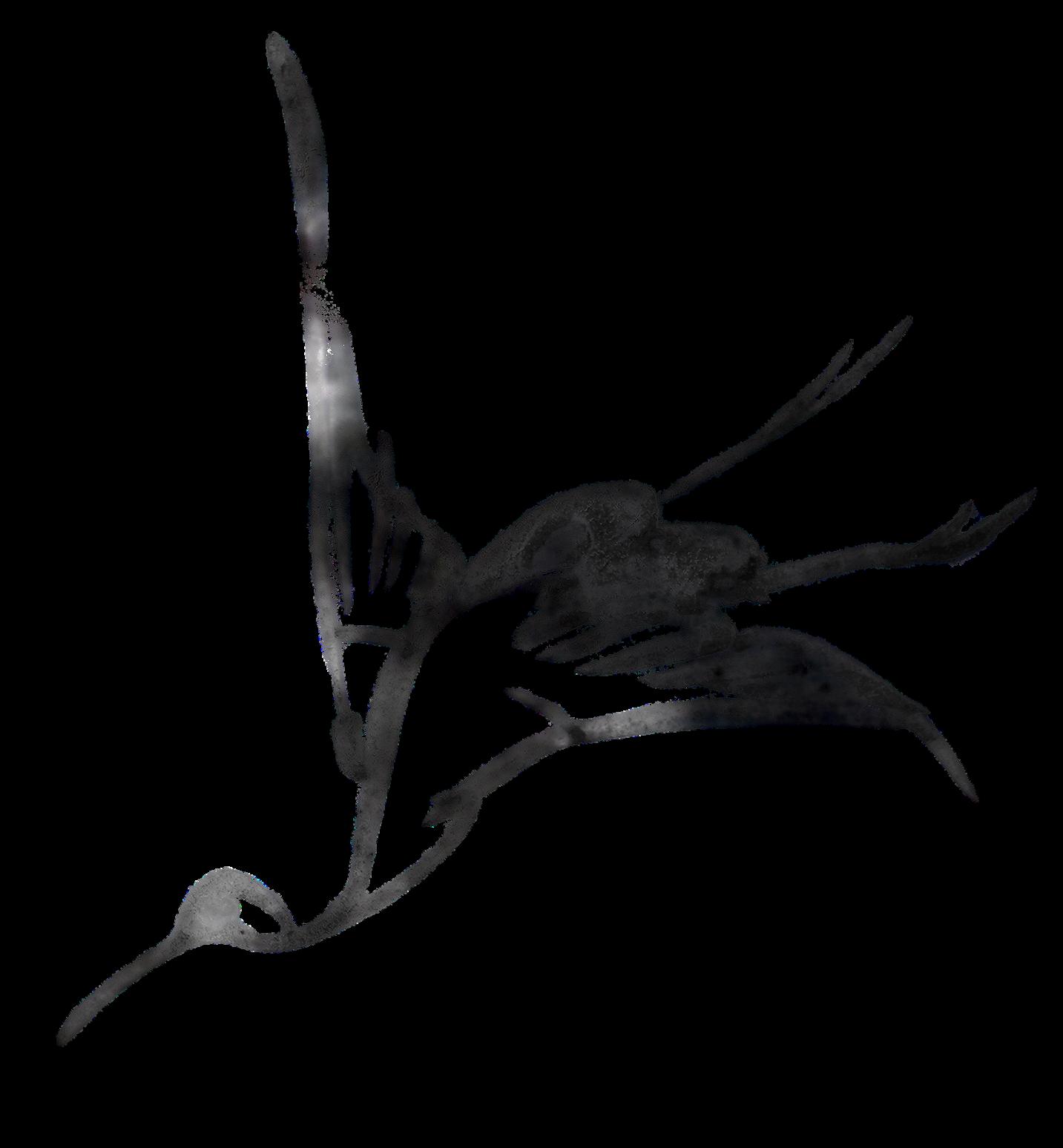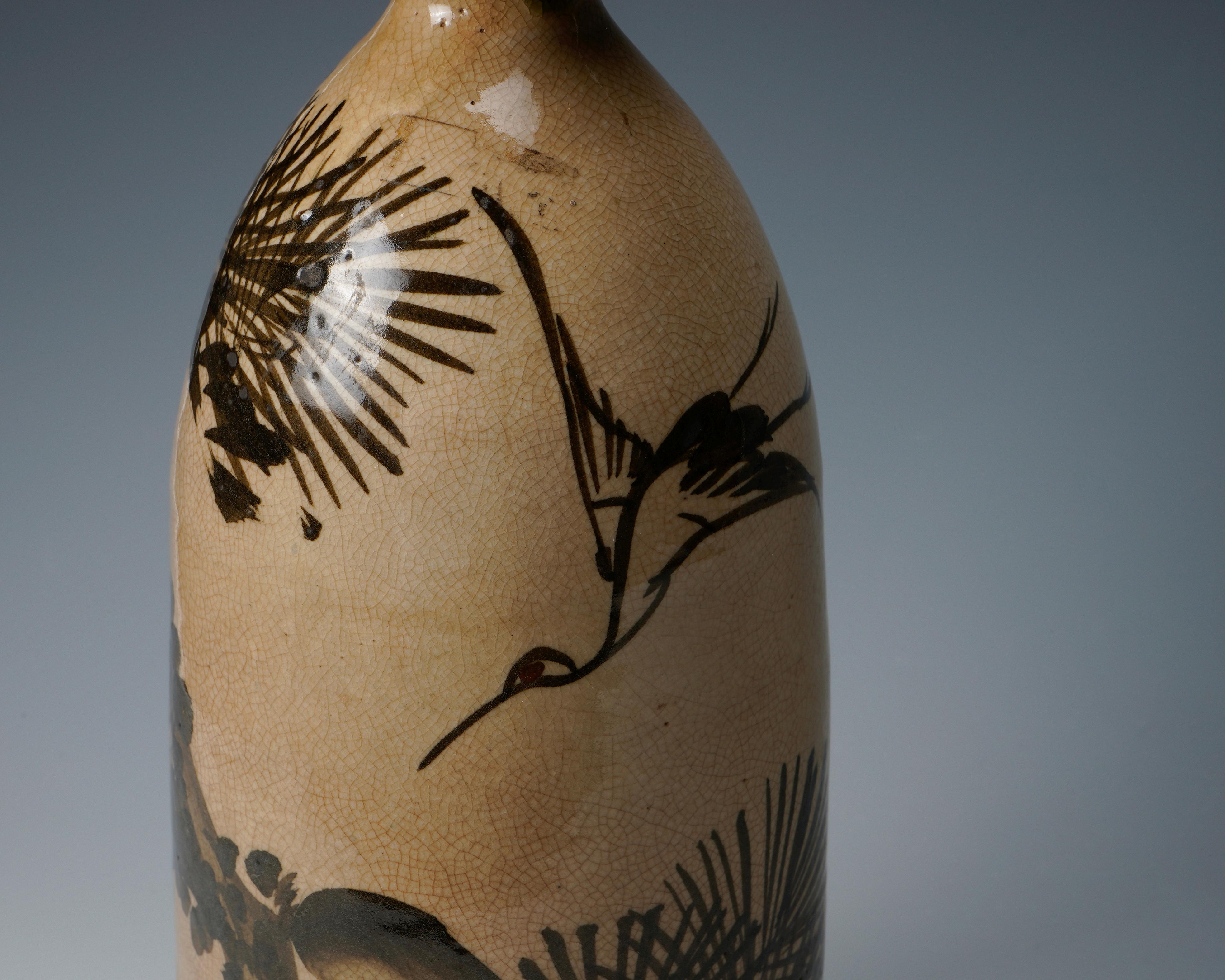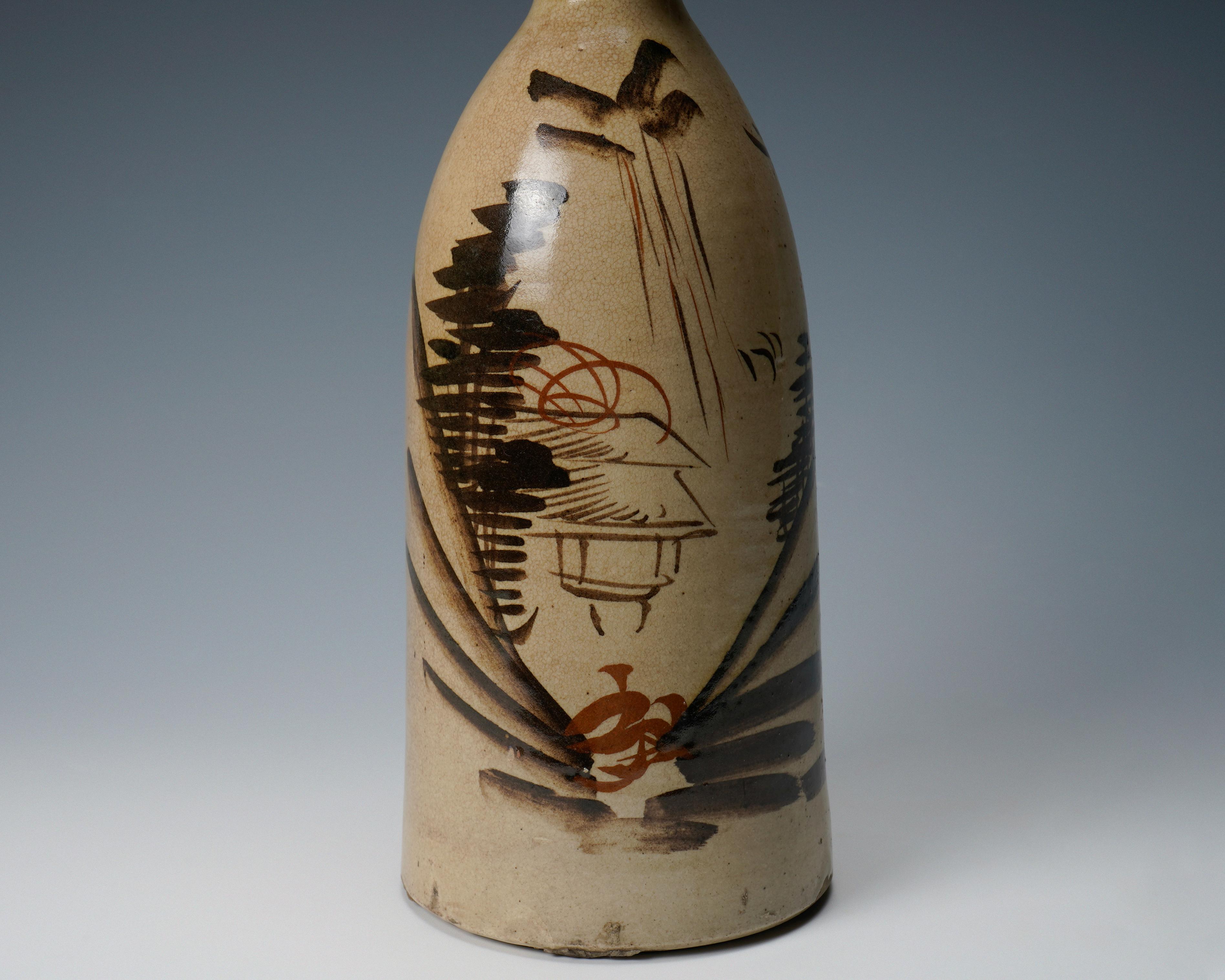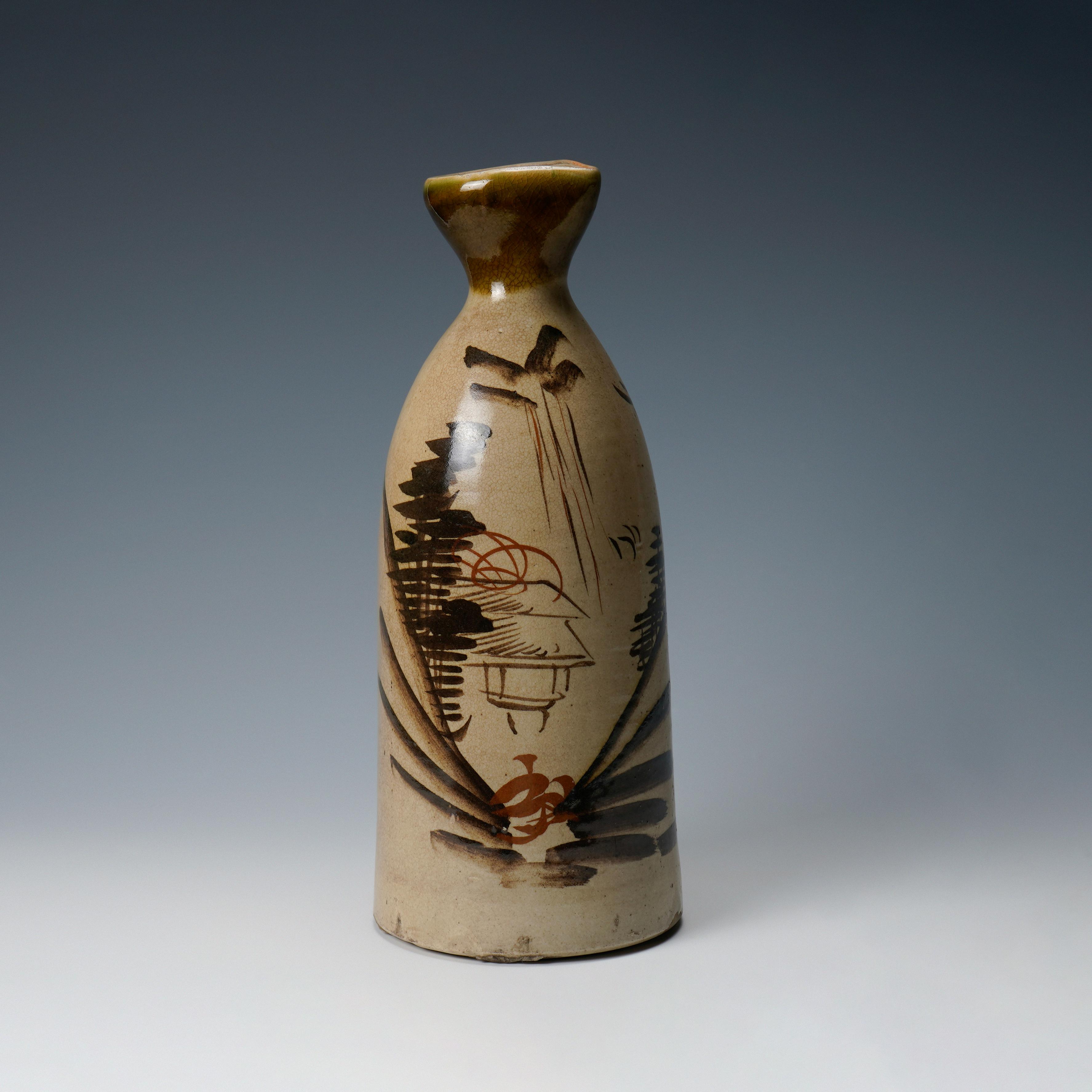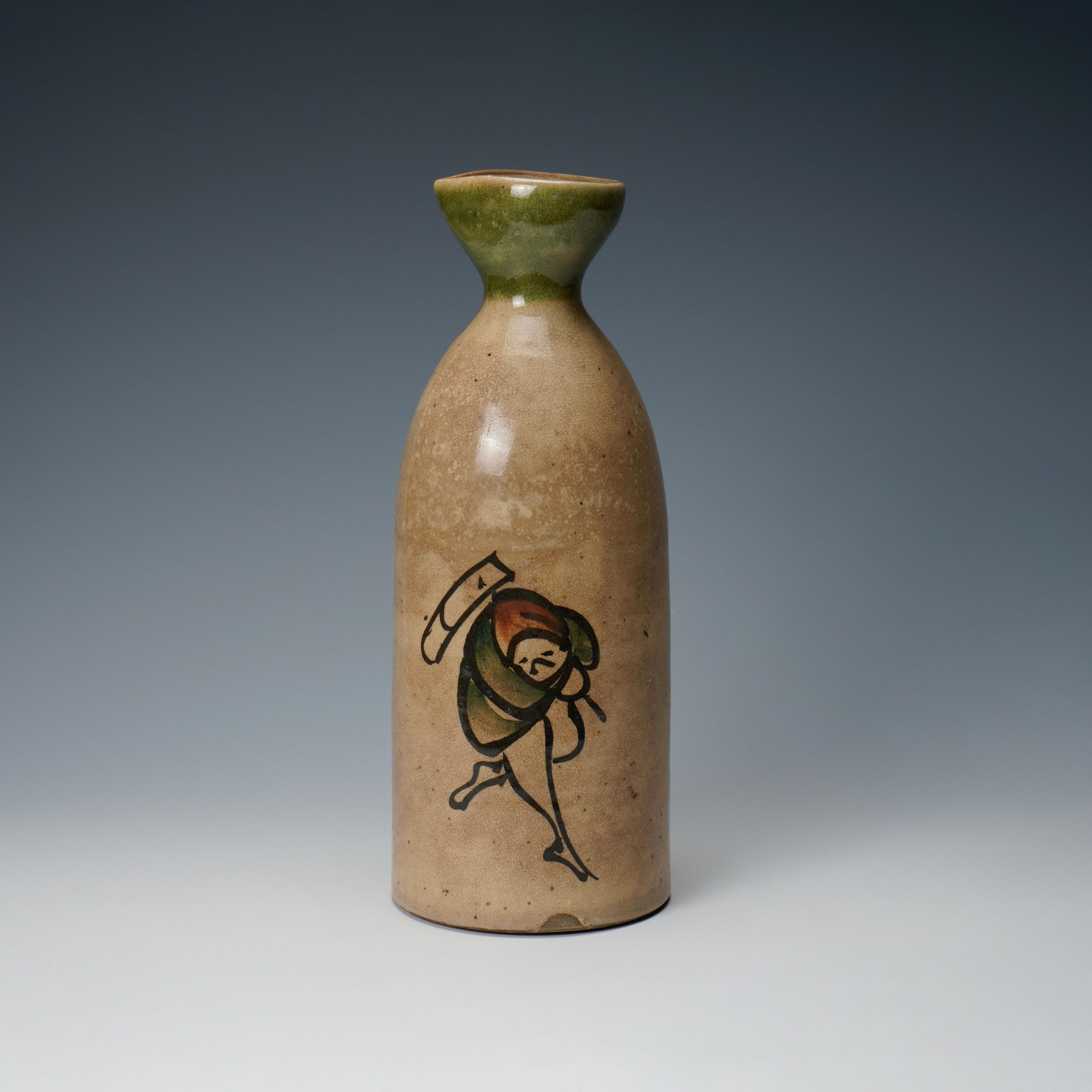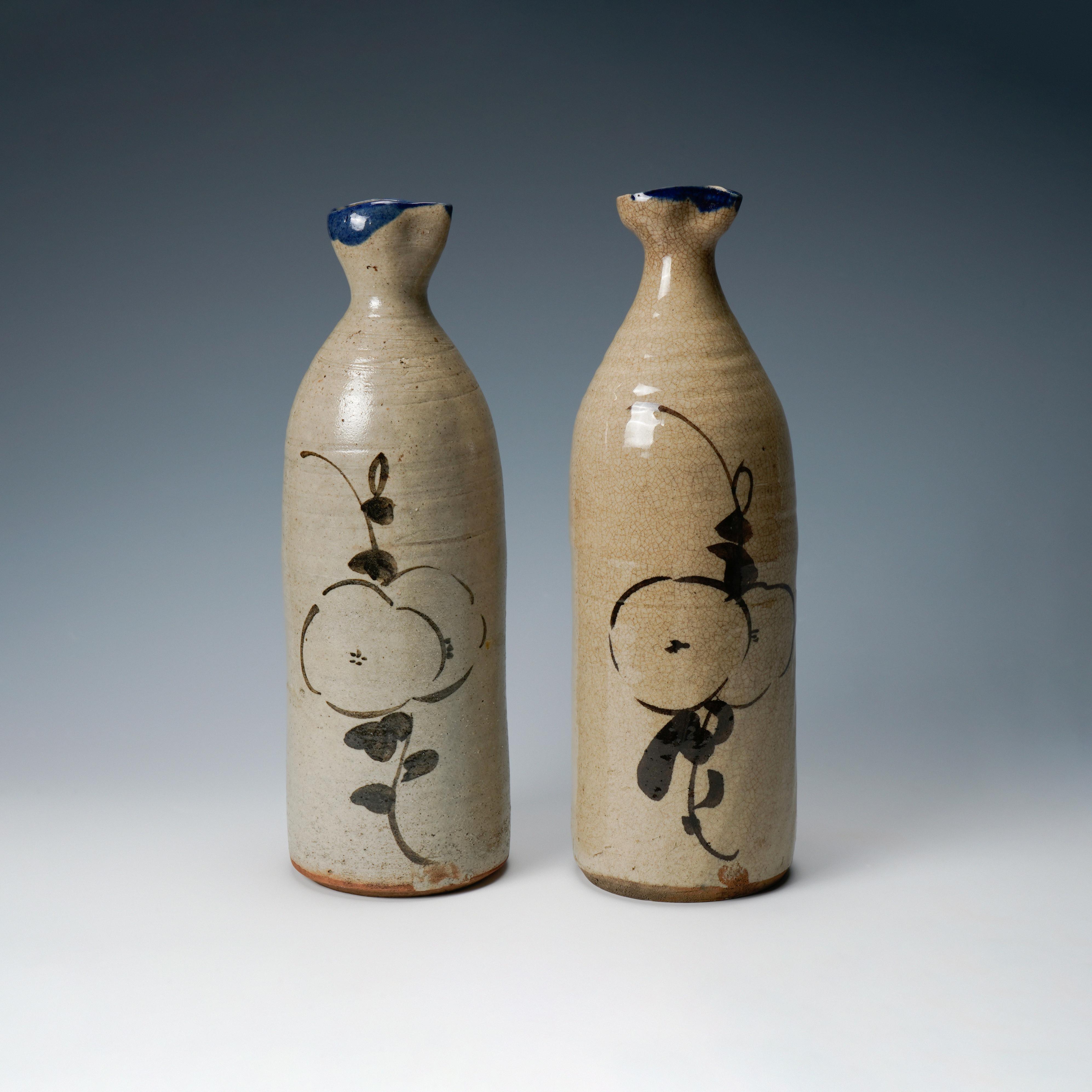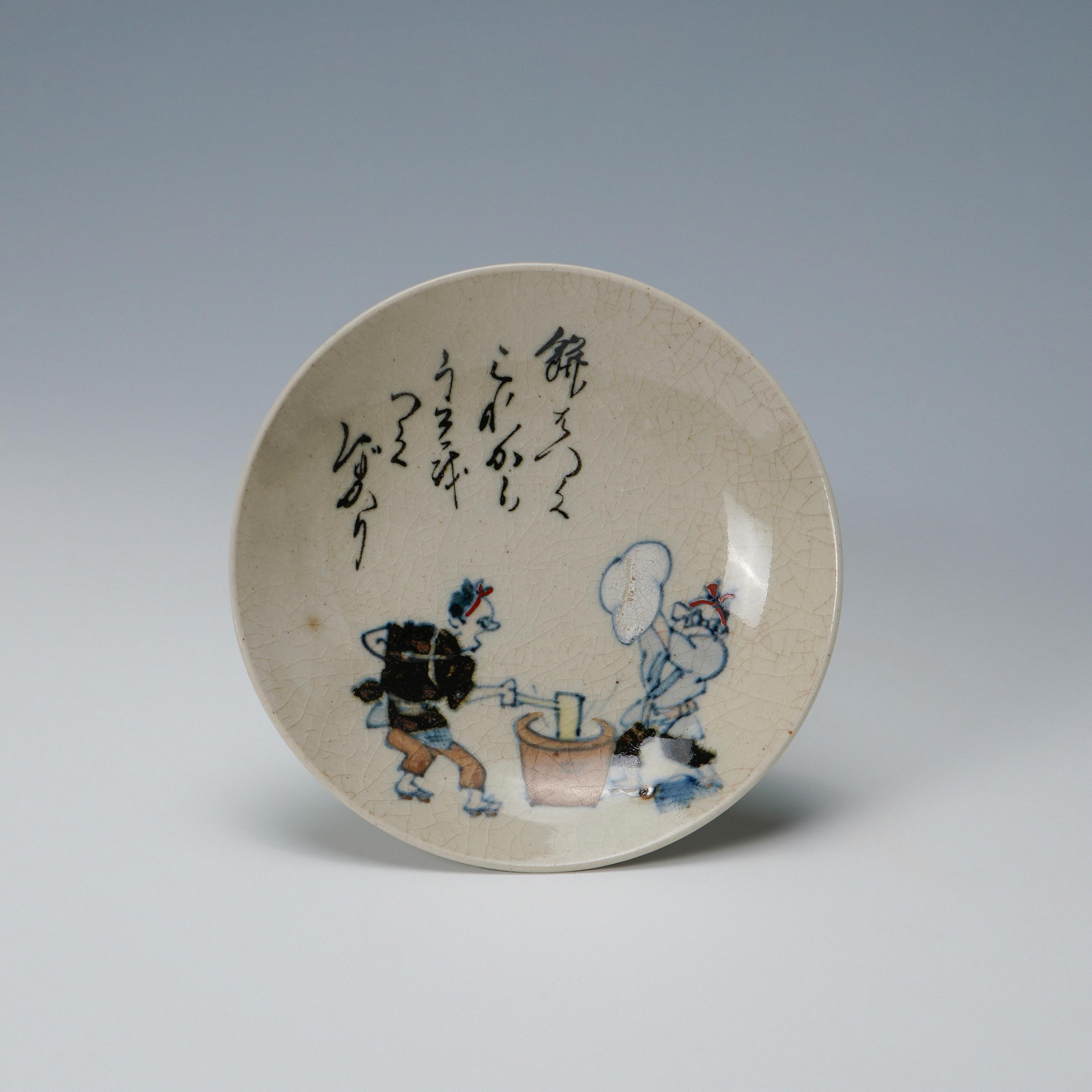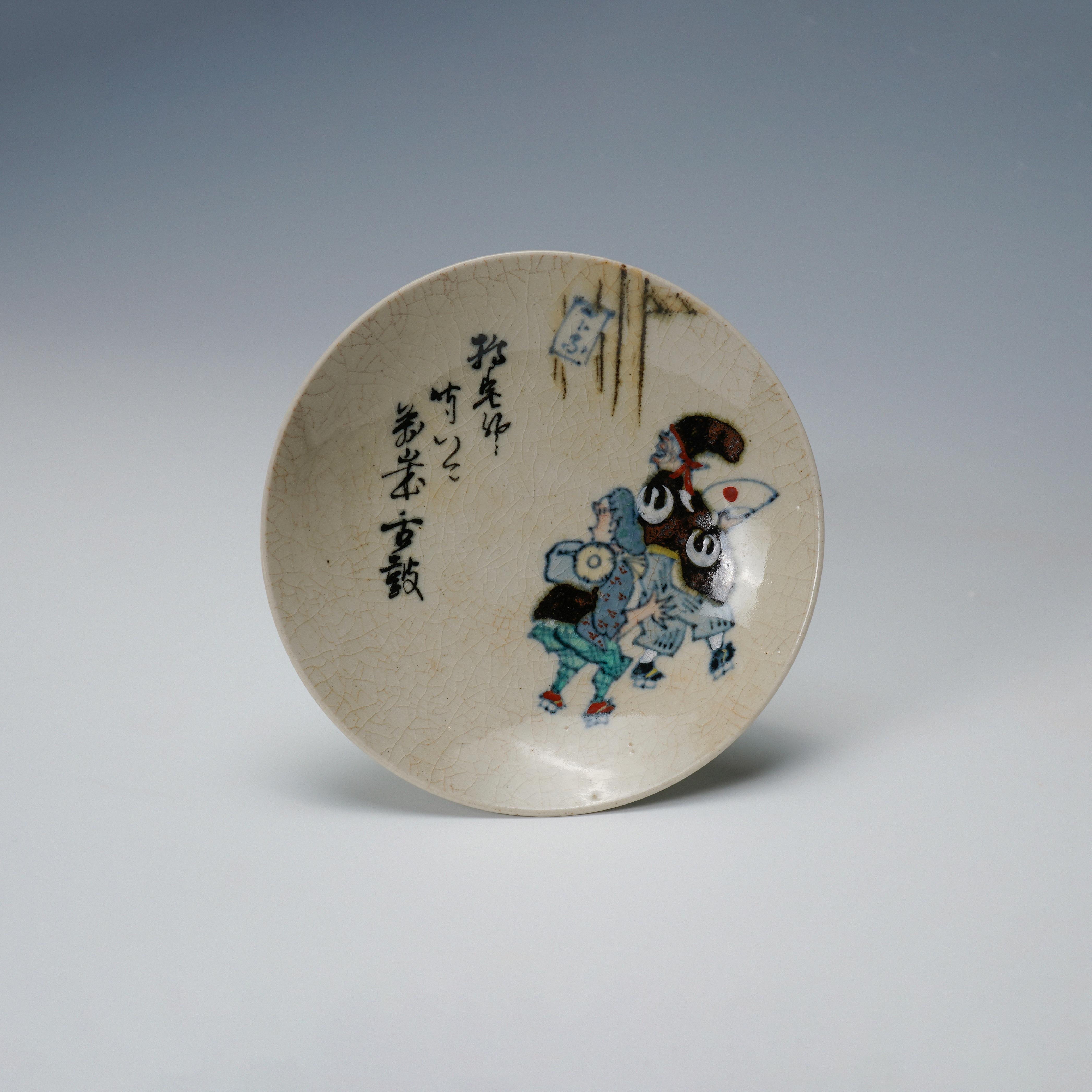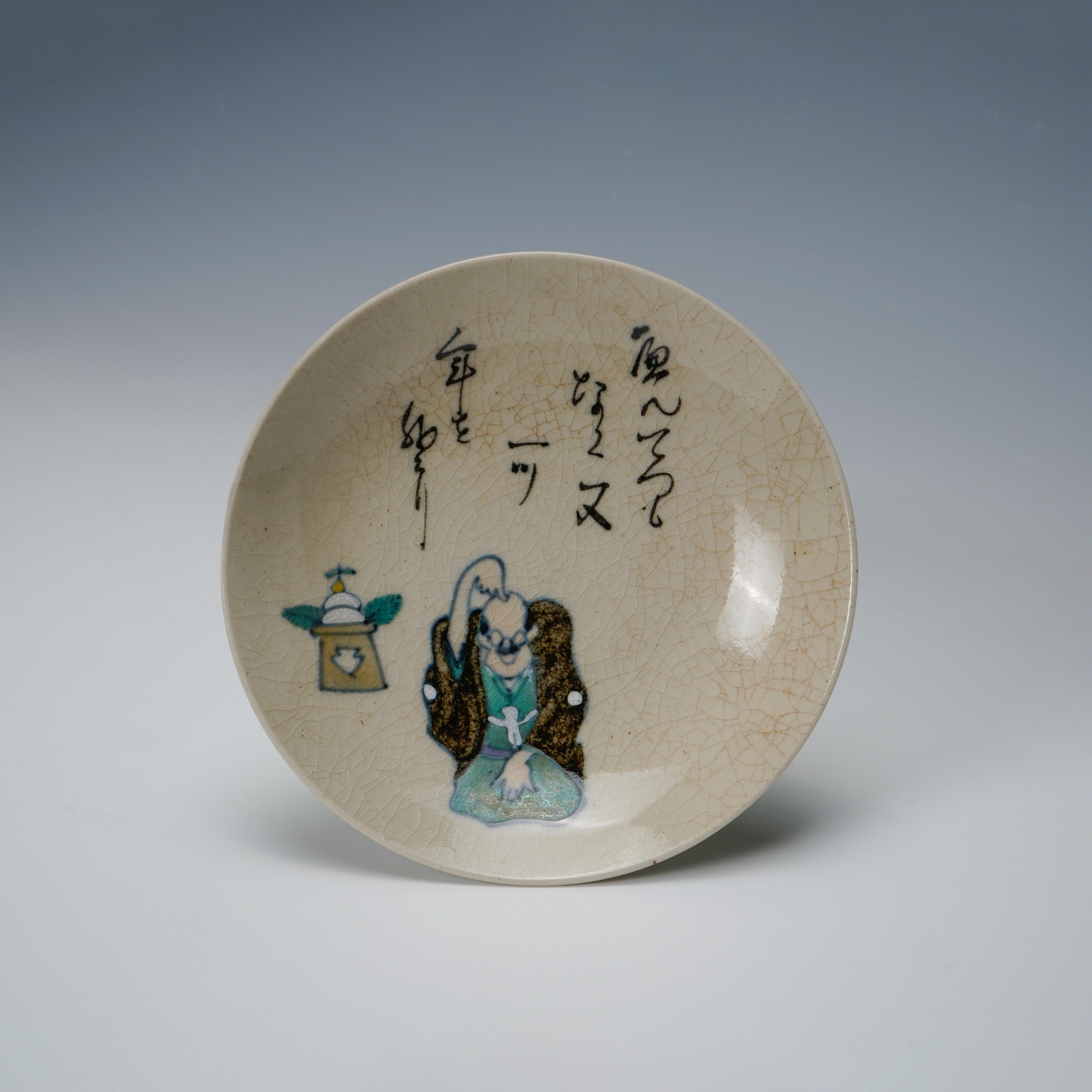

T
A L E S O F S E T O A N E X H I B I T I O N O F E - S E T O C E R A M I C S
Dai Ichi Arts, Ltd. is a fine art gallery exclusively dedicated to celebrating modern works of ceramic art from Japan.
Since our inception in 1989, we have focused on placing important Japanese ceramics at the center of New York's contemporary art scene. The gallery has introduced pieces to the permanent collections of several major museums, including The Metropolitan Museum of Art, The Art Institute of Chicago, the Minneapolis Institute of Art, the Indianapolis Museum of Art, the Princeton University Art Museum, and many more.
We are committed to providing authoritative expertise to collectors, liaising with artists, and showcasing inspiring exhibitions and artworks. We welcome you to contact us for more information.
Tales of Seto: Exhibition of E-Seto Ceramics
Online exhibition: July 25 - August 9, 2024
18 East 64th Street, Ste. 1F
New York, NY, 10065, USA
www.daiichiarts.com


T H E A R T O F E - S E T O

The term e-seto 絵瀬戸, literally “picture Seto,” refers to a type of painted ceramic produced in the region of Seto, in Aichi Prefecture. Seto is recognized as one of the oldest and most important ceramic centers in Japan, dating back to the Kamakura period (1185–1333). The many folk kilns scattered around the region have been manufacturing utilitarian ceramics of various types throughout the centuries up to the present day. Experimentation with glazes and the variety of colors are some of the main characteristics of Seto ceramics: black, white, green, iron red, and ash glazes, as well as white and blue porcelain.
The folk production of ceramics in Seto, particularly by anonymous craftspeople and their aesthetics, received significant attention and appreciation during the first half of the 20th century. This category of ceramics was widely admired and eventually celebrated under the term “Mingei 民芸, ” or “folk art,” coined in the 1920s by the renowned philosopher and art historian Yanagi Sōetsu (1889–1961). Later, in postwar Japan, Seto was classified by ceramic scholar Koyama Fujio (1900–1975) as one of the Six Ancient Kilns of Japan – a cultural classification designated as “Japan Heritage” by the Agency for Cultural Affairs in 2017. Along with five other remarkable ceramic centers, Seto has been continuously producing pottery since the Middle Ages, maintaining a long history of exquisite craftsmanship in constant evolution. Today, many artist-potters base themselves in Seto, drawing inspiration from local techniques and visual languages, incorporating many historical motifs exemplified on pieces showcased on e-seto ceramics, such as the works displayed in this exhibition.

The production of e-seto is said to have started around the Bunroku and Keichō eras (1592–1615). As a subcategory of Seto ceramics, e-seto is characterized by intricate, hand-painted designs, often featuring natural motifs such as plants, animals, and landscapes. These ceramics come in various shapes and sizes, including small round plates, square plates, small and large sake bottles, pouring bowls, serving cups, incense burners, and more. One common trait of eseto stoneware is that it is made from the bright clay derived from the soil in the Seto area.
Potters around Japan praise this particularly light and creamy clay as one of the best surfaces for painting motifs. Seto clay is transported around the country, even as far north as kilns in Kushiro, Hokkaido.
The e-seto ceramics presented in this exhibition can be divided into five categories: e-seto round plates (絵瀬戸皿), ko-seto square plates (絵瀬戸額絵皿), an oil plate (油皿), a set of small round plates with senryū motifs (川柳銘々皿十客), and sake bottles of different shapes (徳利). As shown in this selection, e-seto ceramics are characterized by their strong aesthetic appeal and functional versatility. They are used in various settings, both as everyday tableware and as decorative pieces for special occasions. Moreover, the embellishments vary considerably, ranging from natural motifs or geometrical patterns to humorous scenes with figurative depictions and text. Collectors and enthusiasts value e-seto ceramics for their beauty, craftsmanship, and the cultural heritage they represent. Today, e-seto ceramics continue to be a symbol of Japanese artistry, reflecting both traditional and contemporary influences.


The indigo and dark brown designs of e-seto ware were applied using local natural cobalt and iron oxide glazes. Other popular glazes were the oribe green glaze or the tetsuaka iron red glaze. Even though these objects were mass produced and made by hand with inexpensive minerals, the mastery of the ceramicists was extremely high. They managed to paint vivid, dynamic depictions of landscapes, flowers and birds, people and animals, all imbued with life.
Some e-seto motifs are inspired by Korean ceramics from the Joseon Dynasty (1392–1910). This influence is most prominently observed during and after the Imjin War (1592–1598), when many Korean potters were brought to Japan, introducing new technologies and aesthetic appeal. Two key aspects of Joseon ceramics, which also recur in e-seto ware, are the simplicity of the designs and the natural motifs. Some of them reflect Confucian ideals of simplicity and harmony through their elegance, which corresponded to minimal designs rendered with only a few brushstrokes on the ceramic surface. At the same time, graceful nature-inspired motifs, such as bamboo, plum blossoms, and landscapes, became a hallmark of Joseon ceramics and influenced decorative themes in ceramics across Asia. The same simplicity and refined natural decoration can be seen in many of the e-seto ceramics on display. Finally, the geometric designs adorning the edges of some e-seto wares, especially the round and square plates, evoke the very refined and structured geometric patterns found in Korean buncheong ceramics.

R O U N D E D P L A T E S
C H A P T E R 1


Plate with a bird motif painted in brown-red iron glaze 絵瀬戸⽫⿃, Edo period

Seto plate with iron painted plum blossom motifs 瀬戸⽫鉄絵梅⽂図 Late Edo period 江戸時代後期 19世紀 Stoneware, (h) 48 x (diameter) 248 cm













